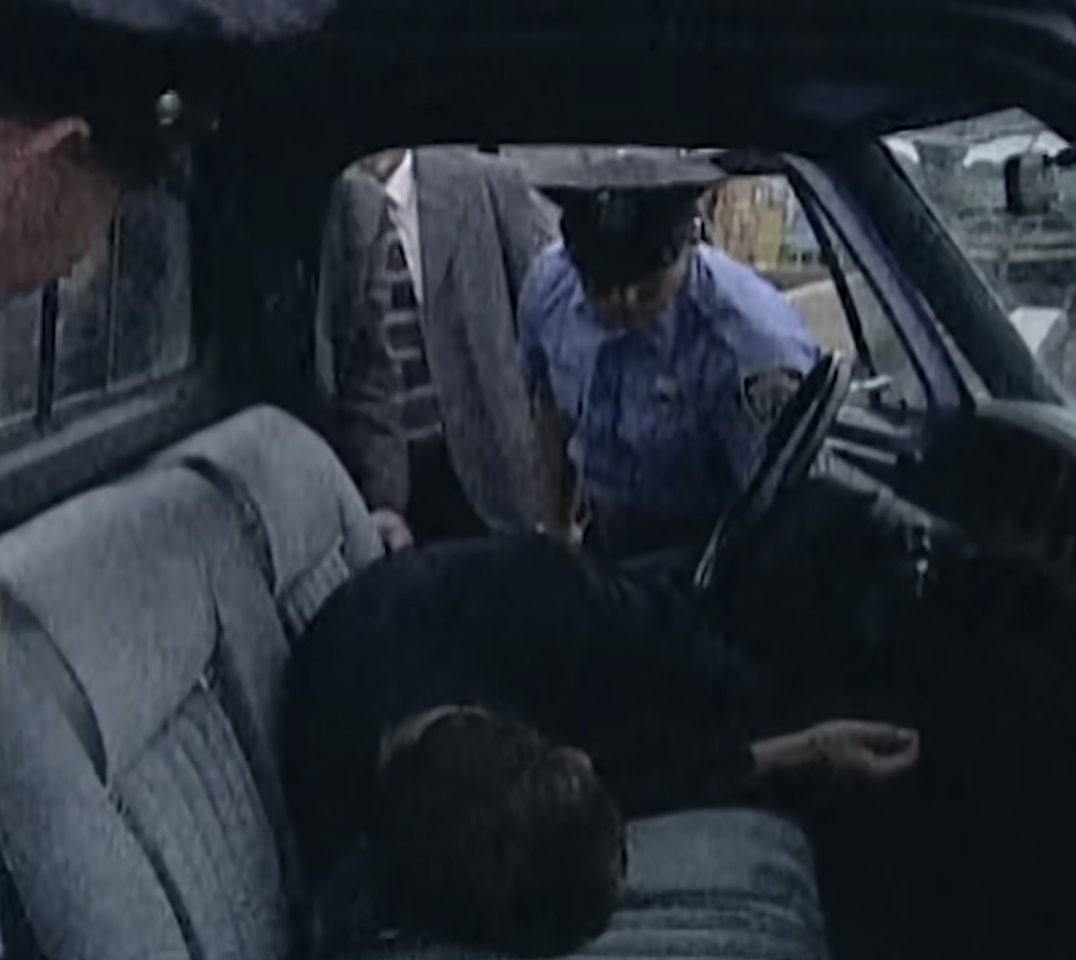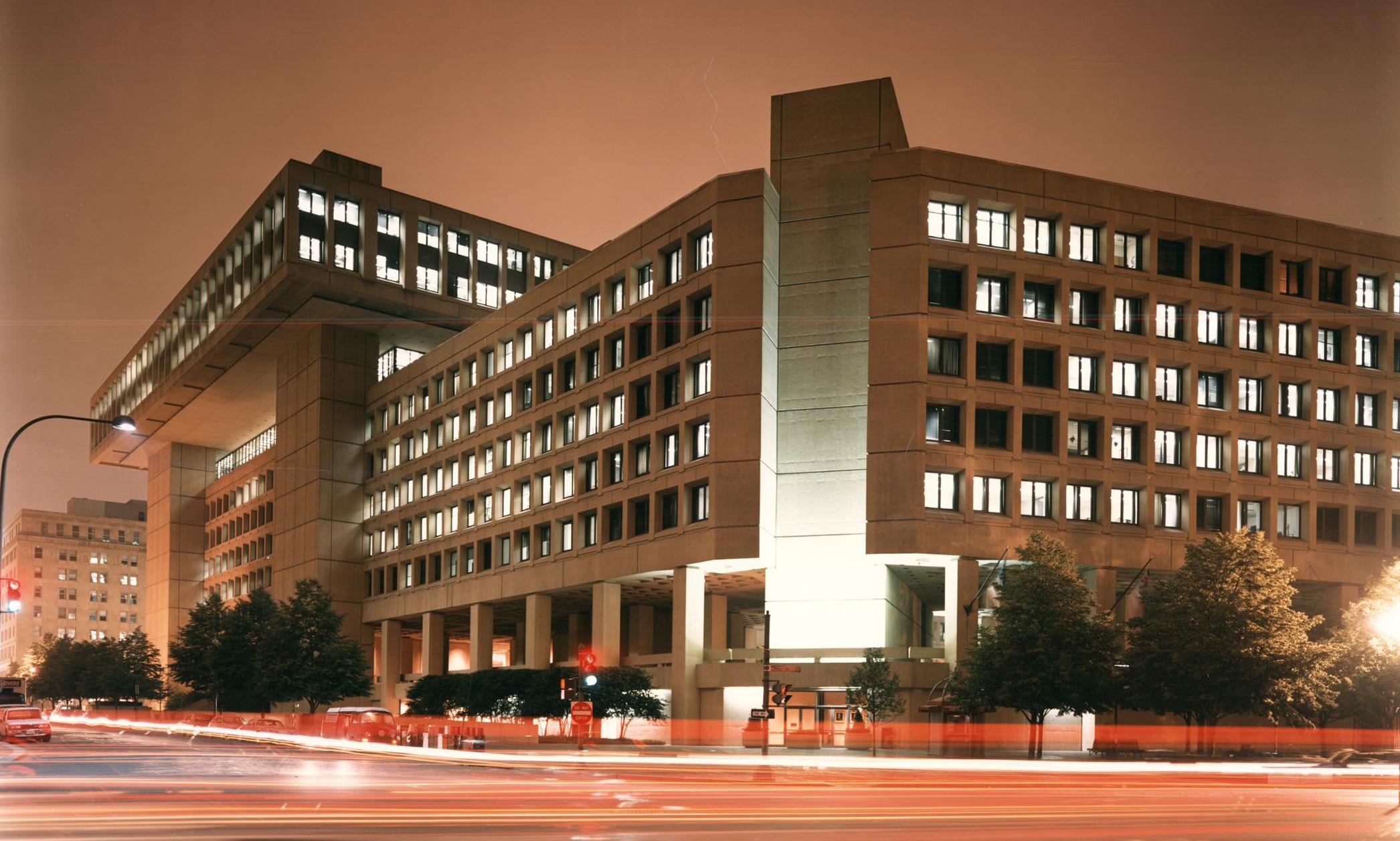
Editorial Board
The F.B.I. may be able to answer the many questions surrounding the death of Michael Brown, an 18-year-old black student from Ferguson, Mo., who was a few days from heading off to college when he was shot by a police officer on Saturday. The shooting of Mr. Brown, who was unarmed, led to three days of protest, some of it violent, and several tense confrontations between residents of the St. Louis suburban town of 21,000 and the police.
But it doesn’t take a federal investigation to understand the history of racial segregation, economic inequality and overbearing law enforcement that produced so much of the tension now evident on the streets. St. Louis has long been one of the nation’s most segregated metropolitan areas, and there remains a high wall between black residents — who overwhelmingly have lower incomes — and the white power structure that dominates City Councils and police departments like the ones in Ferguson.
Until the late 1940s, blacks weren’t allowed to live in most suburban St. Louis County towns, kept out by restrictive covenants that the Supreme Court prohibited in 1948. As whites began to flee the city for the county in the 1950s and ’60s, they used exclusionary zoning tactics — including large, single-family lot requirements that prohibited apartment buildings — to prevent blacks from moving in. Within the city, poverty and unrest grew.
By the 1970s, many blacks started leaving the City of St. Louis as well. Colin Gordon, a professor at the University of Iowa who has carefully mapped the metropolitan area’s residential history, said black families were attracted to older, inner-ring suburbs like Ferguson in the northern part of the county because they were built before restrictive zoning tactics and, therefore, allowed apartments.
To read more click here.




